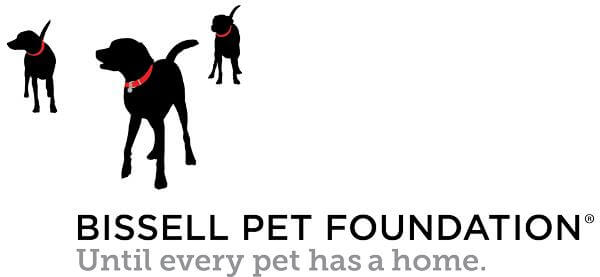When you see your feline friend curl up beside you, purring softly, you might feel comforted. But did you know some cats do more than just comfort their families? They step into a larger role as therapy animals, offering emotional relief in hospitals, nursing homes, and schools. Your feline may have therapy cat potential. Cats have quietly been part of therapy programs for years, with over 1,500 registered therapy cats recorded by organizations like Pet Partners. Their gentle purrs and calm presence create a soothing environment that can ease anxiety and loneliness.
The Quiet Power of a Therapy Cat’s Touch
Your therapy cat can bring a unique kind of healing. Unlike dogs, cats often appeal to those who prefer a quieter, more intimate connection. Their natural inclination to curl up in laps and their gentle headbutts provide comfort that feels personal and grounding. Scientific studies show that interacting with cats triggers the release of hormones like serotonin and oxytocin, which elevate mood and reduce stress. These benefits extend to people facing depression, dementia, or chronic illnesses, where therapy cats help lower blood pressure and foster relaxation.
What Makes a Cat Suitable for Therapy Work?
What is therapy cat potential? Not every cat fits the therapy role. The best therapy cats exhibit sociability, calmness, and a willingness to engage with strangers in new environments. These cats tolerate handling well, including being picked up, which is rare in many felines but essential for therapy settings. Health and grooming also matter; a clean, well-maintained coat and trimmed nails ensure safety for everyone involved. Training helps cats adapt to different settings like hospitals or schools, but often, a naturally affectionate and easygoing cat thrives in this role.
How Therapy Cats Transform Lives Daily
Therapy cats visit a variety of places, from nursing homes to universities, offering moments of joy through petting, cuddling, or simply their calming presence. Their impact goes beyond companionship-they reduce feelings of isolation and help patients reconnect emotionally. Children with autism, for example, benefit from the empathy and confidence that therapy cats inspire. Even those recovering from trauma find solace in the quiet, nonjudgmental company of a feline friend.
Could Your Purrecious Be a Therapy Cat?
If your cat enjoys social interactions, adapts well to new experiences, and remains calm around different people, it might be ready for therapy work. Certification programs exist to guide and evaluate therapy cats and their handlers, ensuring they meet the standards needed to help others safely and effectively. Becoming a therapy team not only benefits the people they visit but also deepens the bond you share with your feline companion.
Therapy cats bring healing in subtle, profound ways. Their purrs, cuddles, and gentle presence offer more than comfort-they offer hope and connection. Perhaps your cat holds the key to brightening someone’s darkest days.
Post Views: 173
Animal Wellness is North America’s top natural health and lifestyle magazine for dogs and cats, with a readership of over one million every year. AW features articles by some of the most renowned experts in the pet industry, with topics ranging from diet and health related issues, to articles on training, fitness and emotional well being.
Source: Animal Wellness Magazine












